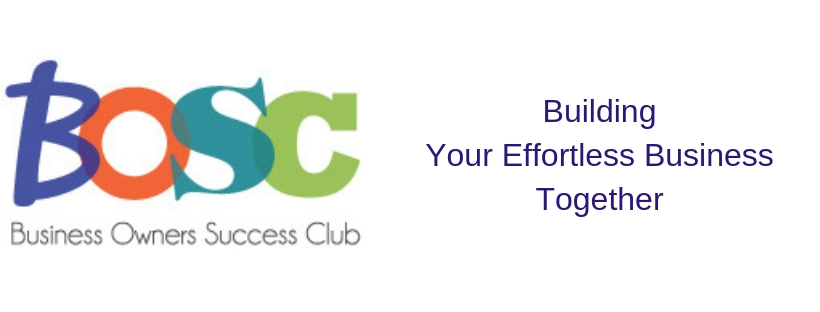Our favourite business Owners are the ones that engage in their financials as a way to understand their business better. They use them to make decisions about what’s working what isn’t and where improvements can be made. Our favourite Business Owners stop and chat with us about how they are doing, about what their plans are and about business ideas.
In other words, our favourite business Owners take advantage of our knowledge.
For a bookkeeper, the job is done when the information is entered, reconciled and the appropriate reports are sent to the government. Phew, that was a lot of work, now where’s the next one?
Bookkeeping looks like this:
- Bookkeeping data entry
- Reconciliations of accounts to check for missing information and accuracy
- Preparation of reports for government and management
- Reading and interpretation of those reports
- Glean information and apply to business practices
- Trial, feedback, tweak, feedback, try something else, feedback, celebration for some success, tweak some more, feedback, rinse, repeat
- Tax planning and long-range forecasting
When most people think of bookkeeping they think of those first 3 steps. Accountants are pros at the last step. The business people who are growing their businesses are performing steps 4-6. Our favourite Business Owners use our services to engage in those 3 business building steps. We’ve assembled a team here with a great depth of business and computer knowledge and experience. Ready, willing and able to help Our Business Owners.
What we are finding is that for the straight commodity service of plugging in numbers and spitting out appropriate reports, we may not be the best. There I said it. We have considerably more skill than that and we focus more on the interesting, fun jobs. I’m not that great with time, in that counting on me to remember that you have reports due by the 15th, might be optimistic. That’s why we are looking so deeply into automation. I shouldn’t have to remember things like that – no one should have to these days.
Looking into the business model and examining our business helps us see our strengths and weaknesses. We have figured out who we like working with and why. This helps us tailor our offerings, our marketing and our intake process.
I am writing this post, so far, in one sitting and you are reading it at one time. This feels like a lie because these ideas have developed over the last 30 days of the 100 Day Challenge. In fact, they continue to solidify as I am writing this. I’m trying to say, this stuff takes time – thinking time. It takes awareness of your business, your strengths and your weaknesses. It takes truth, courage and wisdom.
Who are you serving? Who are your favourites? What do they really want from you? How can you use your strengths (or your business’s strengths) to help them the most? How can you attract more of the people who will benefit most from what you offer?
